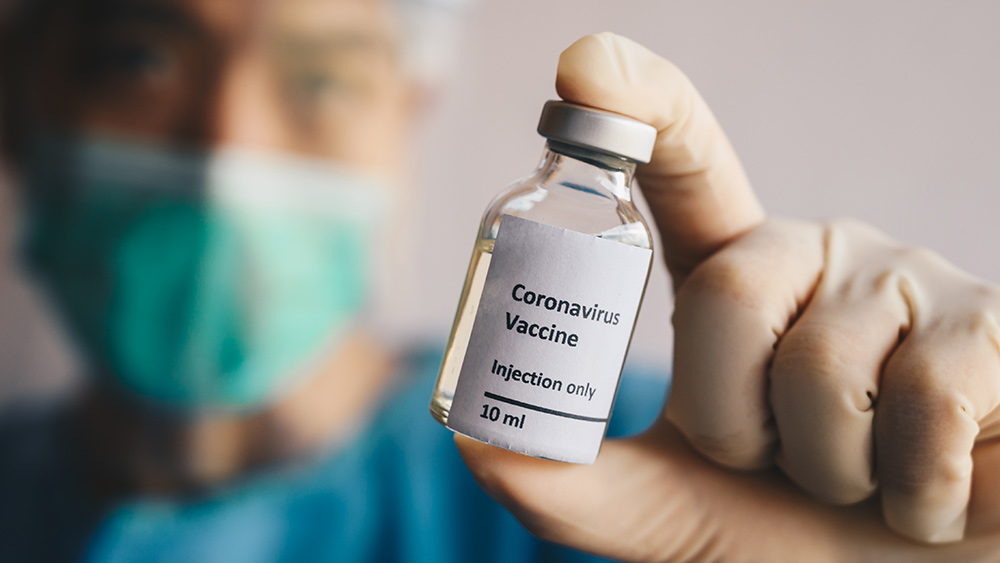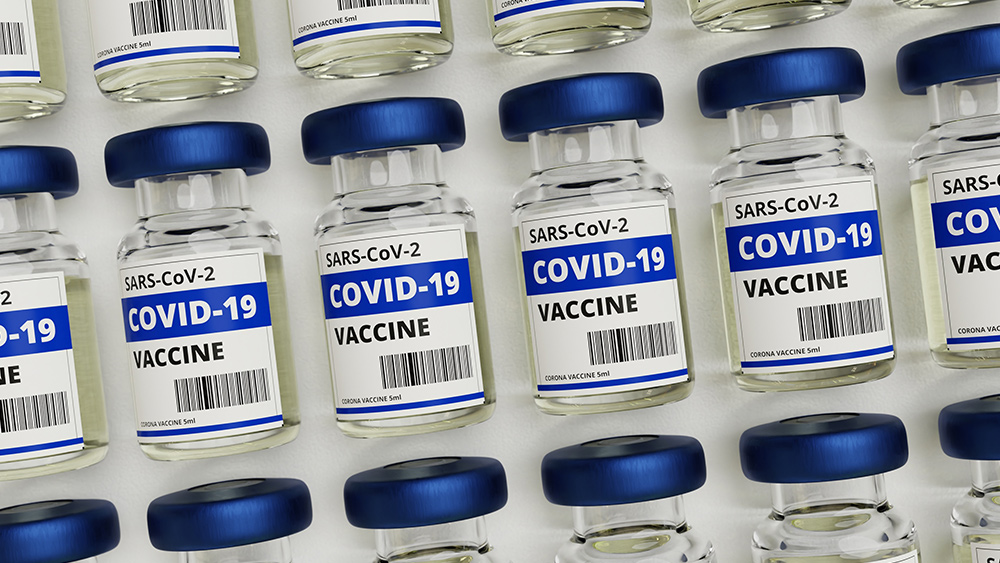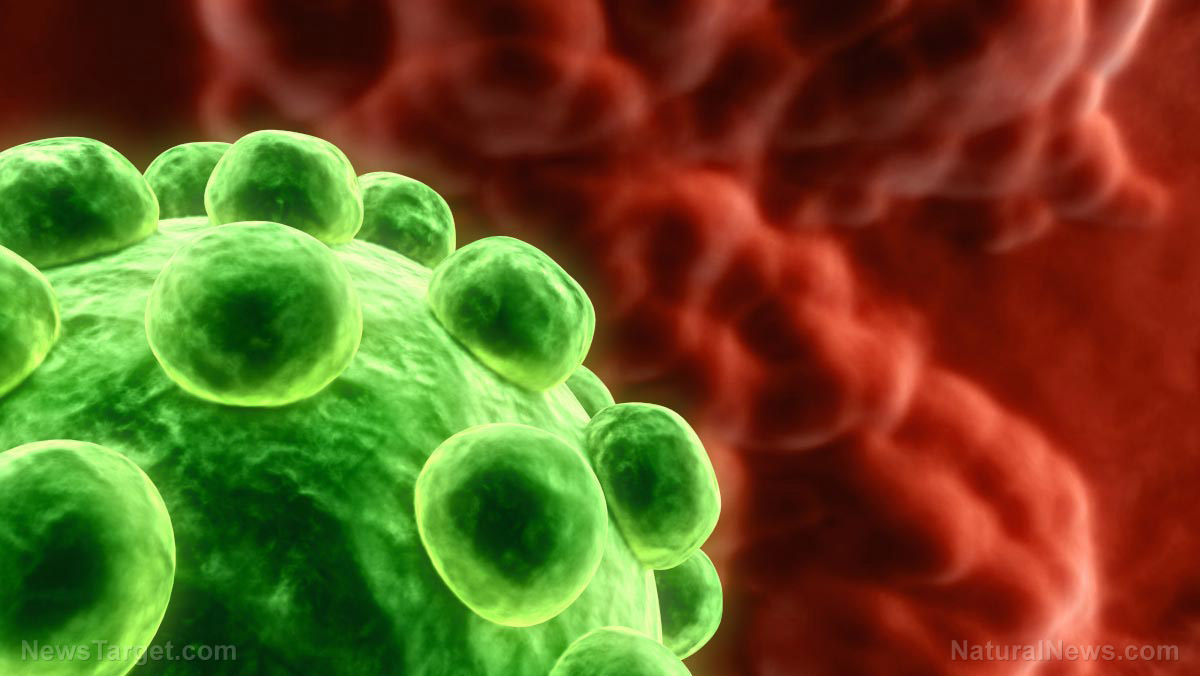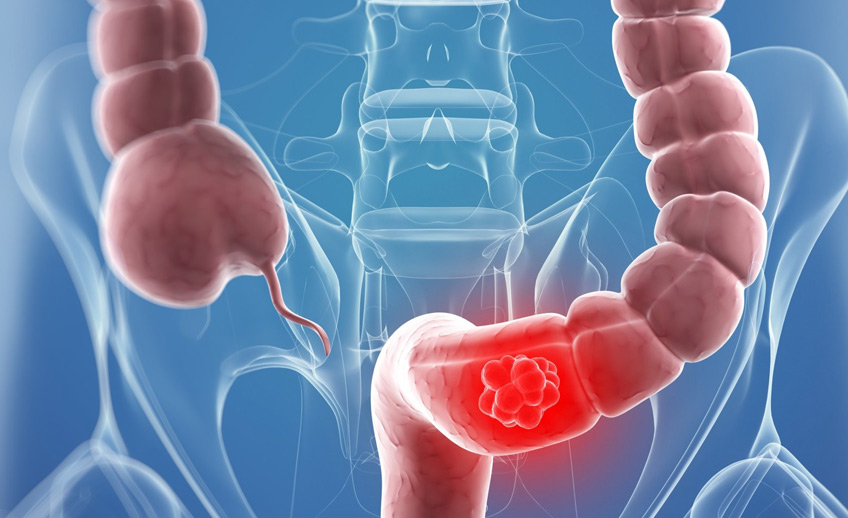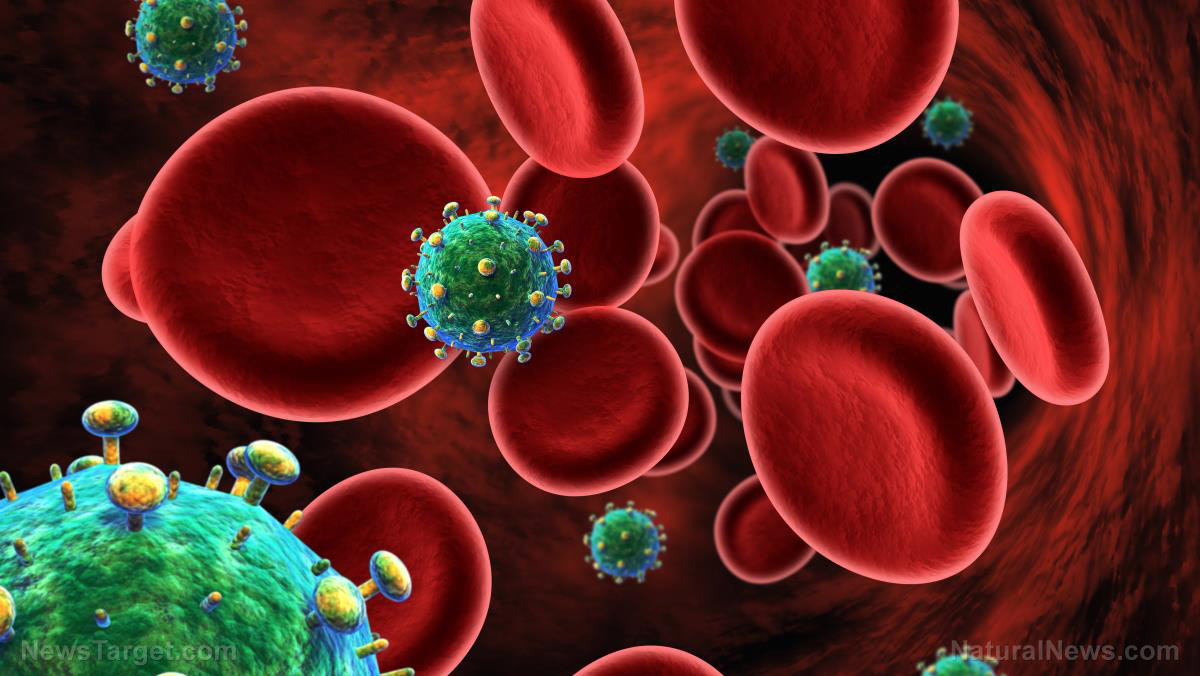Understanding tissue margins in cancer treatment
09/28/2018 / By Ralph Flores

Cancer is a difficult and complex disease to navigate. While there have been significant advances in studies about the disease, scientists are still far from finding a cure for it using conventional medicine.
It’s heartening to know, therefore, that conventional isn’t the only option available for cancer treatment. In recent times, people have grown increasingly aware of traditional forms of medicine, given its natural approach and lack of adverse side effects. In his video, Charles Kwang of Kwang Wellness talks about an area often overlooked in cancer discussions — margins.
“Whoever controls the margin for cancer controls cancer,” he stressed.
Watch the full episode from Brighteon.com here:
Margins and its effect on cancer treatment
In cancer treatment, a margin refers to the rim of a tissue removed during surgery. Pathologists often examine surgical margins to determine whether it’s clear of any cancer cells, as this will influence future treatments.
For the most part, a pathology report may indicate one of three things:
- Clear (also called negative or clean) — This indicates that no cancer cells were seen at the outer edge of the excised tissue. If a margin is clear, no additional surgery is required.
- Positive — This means that cancer cells are present at the edge of the removed tissue. Positive reports usually indicate the need for more surgery to remove any remaining cancer cells.
- Close — This suggests that cancer cells were found near the edge of the tissue, but not right at the edge.
There is, of course, a difference with knowing what margins are and understanding its potential for harm in the body — especially when it affects healthy tissue.
The area inside the margin is toxic to the immune system, Kwang reports. This allows the cancer cells inside it to develop rapidly, which can increase the likelihood of metastasis. Once this happens, the chances of excising certain types of cancer during surgery greatly decreases.
Boosting the lymphatic system to get past margins
The lymphatic system is the body’s best bet in treating margins and eliminating the cancer cells inside it. However, like the rest of the immune system, it’s also affected by the acidic environment inside the margin.
“The lymph stopped working — it stopped draining the acidity because it was so toxic,” he adds. “Restore the lymph system, and then the acidity starts draining.”
However, restoring the lymphatic system to a level where it can work after being exposed to so many drugs and procedures during cancer treatment isn’t an easy task. It takes weeks — even months — to get it into high gear.
“This is the closest I’ve been [to a cure],” says Kwang. “It’s an encouragement that we’re on the right track.”
Of course, people don’t need to wait to have cancer to start boosting their immune systems. Adding more antioxidant-rich fruits and vegetables to their diet is one way to increase the production of antibodies. Healthy proteins from beans, soy foods, and eggs can improve lymphocyte production to boost immunity. Even having a banana a day helps with lymphocyte production, thanks to it being a great source of vitamin B6.
This video is part of a series on cancer and how different factors contribute to its development. Watch the full video, only at Brighteon.com.
Learn more about how the lymph system can help treat cancer at Cancer.news.
Sources include:
Submit a correction >>
Tagged Under:
cancer surgery, cancer treatment, lymph, lymphatic system, margins, Oncology, priority
This article may contain statements that reflect the opinion of the author


